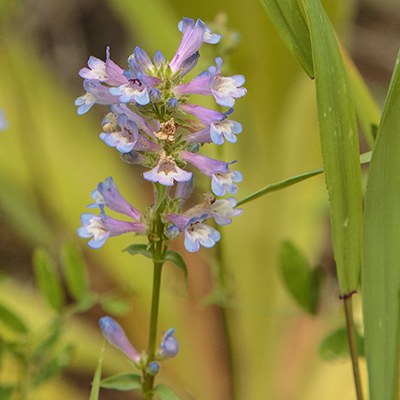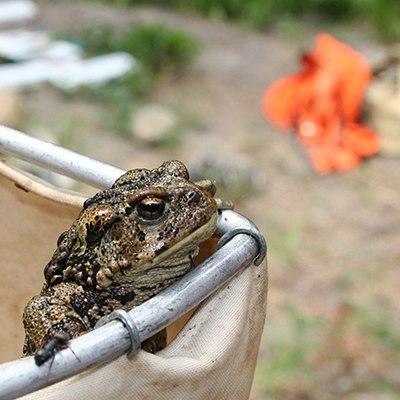Climate change is something many of us think about every day. It’s happening now and hopefully efforts to reverse the trend will continue to gain traction in the months and years to come. But regardless, we are experiencing (and will continue to experience) the effects of this unprecedented challenge. Along with our attempts to mitigate and slow down the effects of climate change, we will have to respond to the changes that will inevitably affect our communities and our natural environments and resources. We will have to be creative and think outside the box.
There are many approaches to responding to climate change. Do we push back against change or accept it and learn how to live with the consequences? For example: as sea levels rise and tropical storms and hurricanes become more frequent and destructive, do we dike and dam and build and fortify our built environment or do we retreat from the inundation, slowly migrate inland, and rebuild in safer places? What about our natural environment? In some ways I suppose we have the same choices. Intensive management practices could help maintain habitat and help keep some vulnerable species in their current ranges. But this approach will likely be costly and may not even be successful. Or we can let things take their course and accept the inevitable—temperature and precipitation patterns will change, vulnerable plant and animal species will be extirpated in part or all of their range, other species will benefit from the change and increase in number, and still others rarely found there before will migrate into the transformed area.
Assisted migration (also known as assisted colonization or managed relocation) is the human-assisted relocation of species that are unable to move or adapt fast enough in response to climate change. It is a relatively new concept and a potential tool to possibly prevent the extinction of species.
Assisted migration is generally in the research stages in North America. In some cases, this management tool is already being considered to save species from extinction. Click here to read about how the Bay checkerspot butterfly may (or may not) benefit from assisted migration and the pros and cons of the practice as a whole. The plight of coast redwoods, sequoias, and other trees with slow migrating ranges and the potential for assisted migration to help these species is discussed here. Ultimately, it would be great if humans were able to come together and work towards a climate solution that did not involve having to make hard choices about these interventions. But in the meantime, keep your eye out for future debate regarding this practice and other creative solutions to preserve our planet’s diversity.
Learn more:
- About the Land Trust's Climate Change strategy
- Cool Words for Hot Times: Connectivity
- Restoration and Humanism in the Anthropocene


